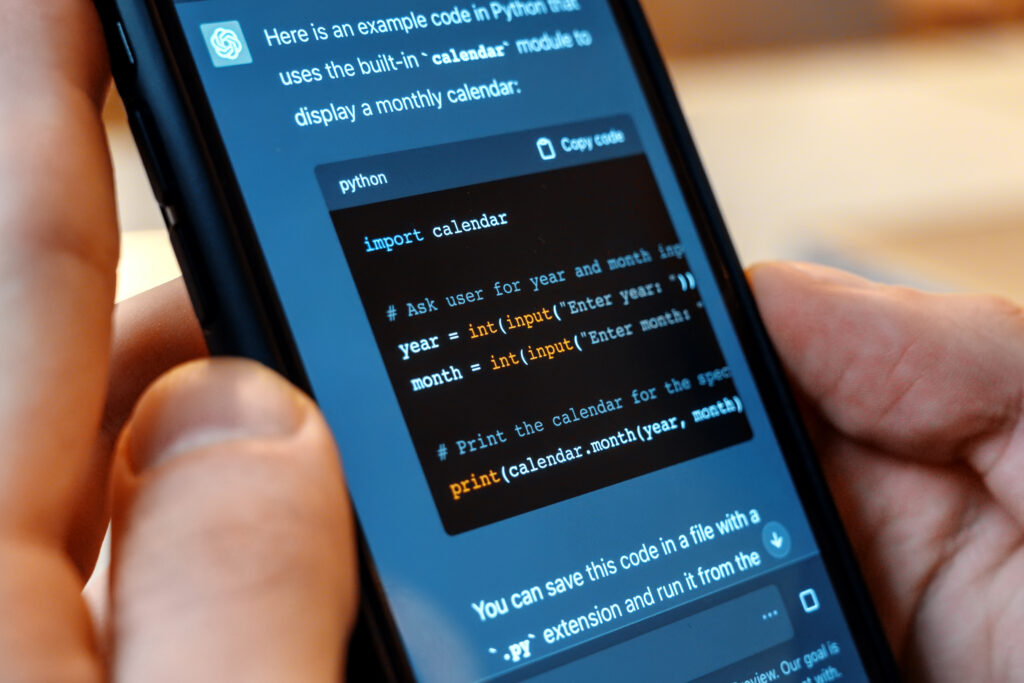Introduction
Software development is entering a new era—one where natural language meets code. Welcome to vibe coding, the latest trend emerging from Silicon Valley that’s reshaping how we think about programming.
What is Vibe Coding?
Coined by Andrej Karpathy in early 2025, vibe coding is a radical AI-assisted development style where developers describe what they want in plain English. Large language models (LLMs) generate code based on the prompt, while the developer guides refinement through iterative, natural language feedback. It’s programming powered by vibes, not syntax.
Why Vibe Coding Matters in 2025
Low barrier to entry: Even non-programmers can create functional prototypes without deep technical knowledge.
Rapid prototyping: Ideas can be realized quickly—builders can iterate by refining prompts rather than rewriting code.
Increased creative experimentation: Developers shift from line-by-line coding to guiding AI-powered workflows.
Karpathy himself described it as “giving in to the vibes… forgetting that the code even exists.”
Still, it’s not without risk. Critics note that vibe coding may introduce security vulnerabilities, maintenance challenges, and over-reliance on AI syntax. Developers must still validate, test, and understand the code generated.
Another major driver behind vibe coding’s popularity is its integration with no-code and low-code platforms. Tools that were once limited to drag-and-drop interfaces are now embedding large language models to make app creation even faster. This convergence means businesses can go from idea to launch in record time, lowering both development costs and technical barriers. For startups, this is a game changer—allowing them to test product-market fit quickly without investing heavily in a traditional engineering team.
At the same time, vibe coding is pushing the boundaries of collaboration between humans and AI. Instead of replacing developers, it’s evolving the role: from coders to AI orchestrators. Teams are learning to prompt effectively, refine outputs, and enforce best practices while letting the AI handle repetitive coding tasks. This shift highlights a future where AI-assisted development becomes the standard, and technical creativity—not just technical skill—determines who thrives in software innovation.
What Semnexus Thinks
At Semnexus, we believe vibe coding is not just a trend—it’s an evolution. It’s best suited for early-stage projects, experimentation, and building prototypes quickly. But we also recognize:
The need for code review and security assessment
The importance of human oversight and testing
That vibe coding is best paired with structured development workflows downstream
